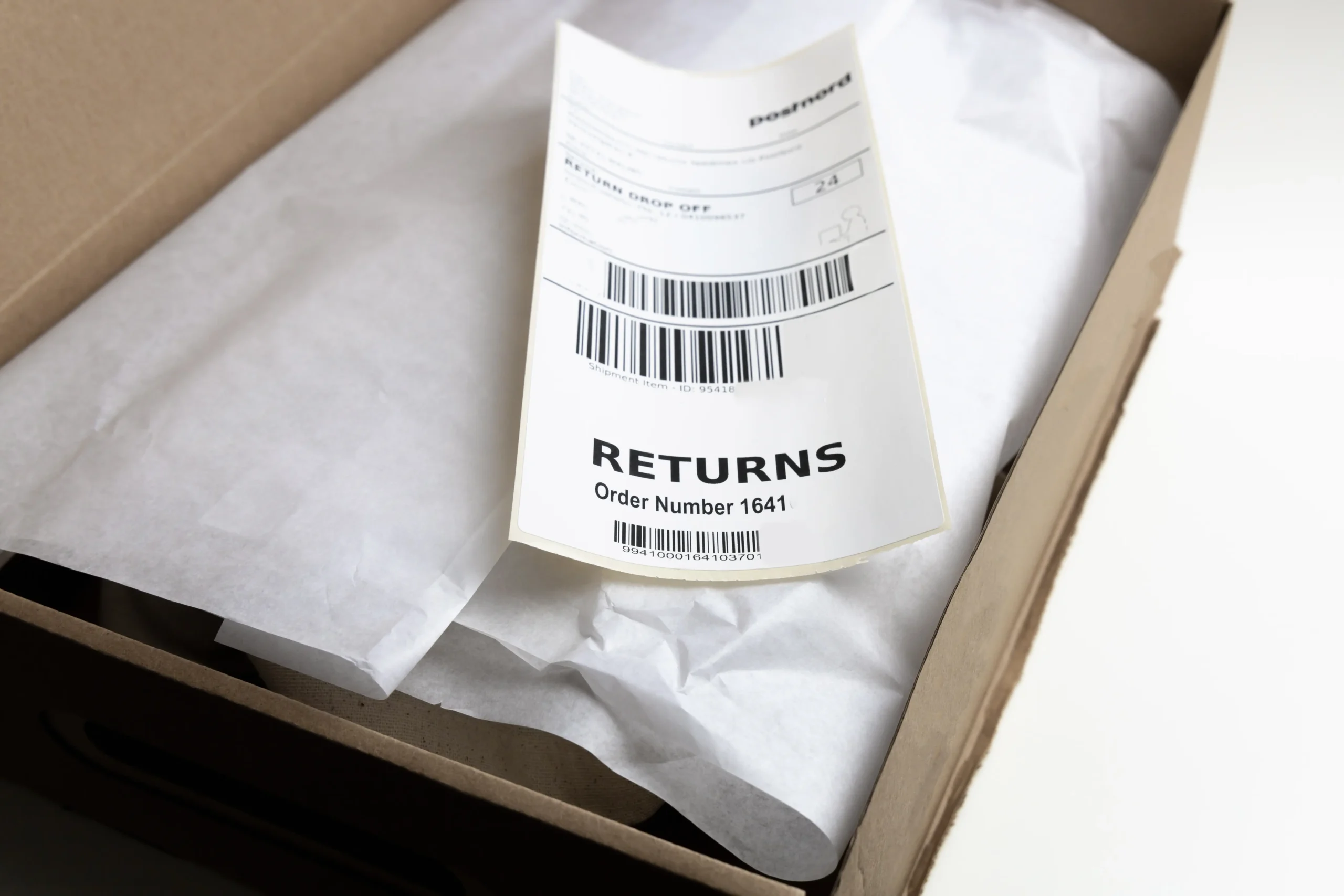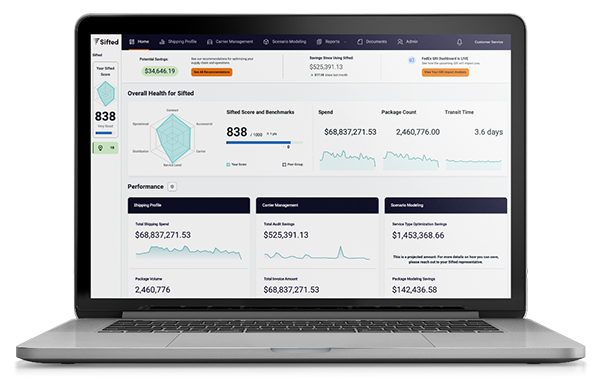
Blog
Read on for the latest news, education, and product updates from our team and shipping experts.
Tags: All
- All Tags
- 3D Printing
- 3PLs
- 4PLs
- Accounting & Finance
- Additional Handling Surcharge
- Address Correction Surcharge
- Amazon
- Artificial Intelligence
- Autonomous Delivery
- Bill Pay
- Carrier Invoice Auditing
- Carrier Management
- Carrier Optimization
- Cold Chain Logistics
- Contract Negotiation
- Contract Optimization
- COVID-19
- Customer Experience
- Data Science
- Declared Value
- Delivery Area Surcharge
- DHL
- Dimensional (DIM) Weight
- Dimensional Weight Contract Negotiation
- Distribution Centers
- Distribution Network
- Ecofriendly
- eCommerce Shipping
- FedEx
- FedEx Shipping Zones
- Flexible Fulfillment
- Food & Beverage Shipping
- Freight Shipping
- General Rate Increase
- Holiday Shipping
- Infographics
- Inventory Accuracy
- Kitting
- Large Package Surcharge
- Last Mile Delivery
- Late Payment Fee
- Logistics
- Logistics Industry
- Logistics Intelligence
- Logistics Outsourcing
- Manufacturing
- Oversize Surcharge
- Packaging
- Parcel Logistics
- Peak Season
- Predictive Analytics
- Regional Carriers
- Residential Surcharge
- Return Shipping
- Reverse Logistics
- Service Guarantees
- Shipping Costs
- Shipping Data
- Shipping Profile
- Shipping Trends
- Signature Required
- Supply Chain
- Supply Chain Management
- Supply Chain Operations
- Surcharges
- Sustainability
- Temperature Controlled Shipping
- UPS
- USPS
- Zone Skipping


UPS Returns: What Shippers Should Know

How to Identify “Fake AI” in Logistics Software

2025 Holiday Shipping Deadlines

Inside the 2026 GRI: FedEx & UPS Analysis

Why General-Purpose LLMs Fall Short for Supply Chain Optimization

Understanding the Types of AI: LLMs, Generative AI, AI Agents, and Agentic AI

2025–2026 FedEx & UPS Changes: How DIM Rounding and Cubic Volume Rules Will Impact Your Costs

FedEx & UPS 2025 Demand Surcharge Guide

2025 Consumer Survey: The Importance of a Positive Delivery Experience for Customer Loyalty

What is a FedEx Audit?

Where Are 2026 Rates Headed? General Rate Increase (GRI) Predictions + Prep Tips
